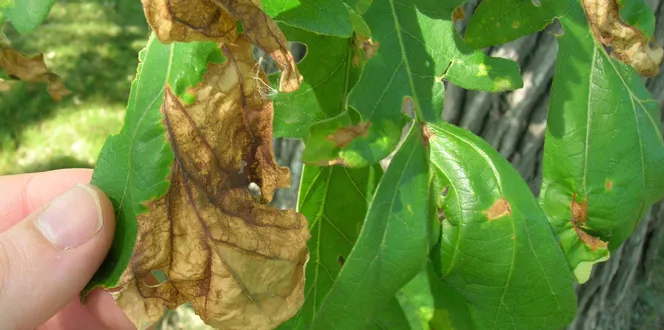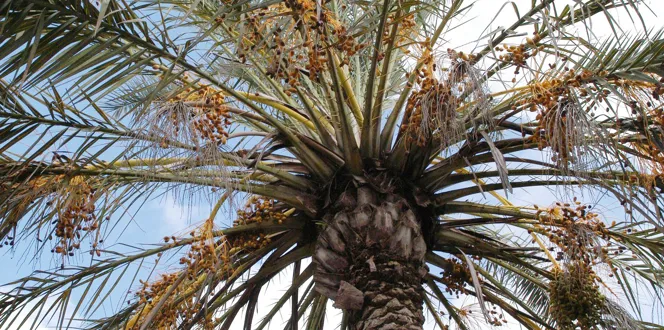When you are seeking shade, you can always find some relief under the massive, oval-shaped canopy of a beech tree.
Its smooth, gray bark and smaller, deep green, oval leaves with distinct points bring a stately and massive form to your yard. In fact, this tree can reach 70 to 115 feet in height with a large, domed crown, delivering a massive presence.
Where oak is considered the king of trees, some people refer to beech as the queen.
And since all trees, including beech trees, can absorb atmospheric carbon amid climate change, they are important additions to our home landscapes. This is especially true when they stand healthy and strong.
That’s why protecting beech trees from beech leaf disease is important. Experts first spotted this disease in 2012, and since then they’ve learned all beech trees are susceptible. But researchers are still learning the full consequences of this disease, which is important to understand since beech trees are prevalent in neighborhoods and forests, making up an important part of the overall ecosystem in helping fight climate change and providing food sources and shelters for animals and birds.
Let’s review the beech leaf disease facts we know, review beech leaf disease symptoms, and talk about what researchers know about a beech leaf cure.
Harmful To Helpful Root Fungi
What researchers know about this relatively new disease is adding up to a puzzling picture so far.
Beech leaf disease can kill beech trees ranging in age from 2 years old to 7 years old. But all beech trees are susceptible to the disease, including cultivars from America, Europe, and Asia. It seems to be spread by a nematode – a new subspecies of Litylenchus crenatae.
Beech leaf disease symptoms include:
- Deformed leaves that may appear smaller than normal.
- Leaves with a thick, leathery texture versus papery texture.
- Dark bands between leaf veins.
- Premature leaf drop.
- Sparse leaf cover due to aborted buds.
- Thinning canopy.
And in a new report in the Journal of Fungi, researchers found that beech leaf disease-infected tree roots have fewer helpful fungi, which are known as ectomycorrhizal fungi, which help trees take in nutrients and water. This isn’t good for the trees or the fungi because it adds additional stress to the tree.
Food Source For Wildlife
Beech leaf disease is also negatively impacting the wildlife and birds that use beech for food and shelter.
Beech trees produce beech nuts, which are important animal food because they contain protein and fat, particularly for black bears. But other animals that rely on beech nuts include deer, chipmunks, squirrels, raccoons, turkeys, crows, jays, foxes, and coyotes.
Losing beech trees also means losing the cavities they provide for animal nesting and dens.
Important Role In Urban Communities
Since beech trees are so important to wildlife and communities, the best thing you can do is to check your beech trees and report any beech leaf disease symptoms to your county or state extension services.
While there is no current beech leaf cure, the most promising plan right now is to enhance plant defenses, ensuring your trees are strong and healthy. Talk to your certified arborist about your beech tree health and how you can minimize stress and further enhance tree resilience.





